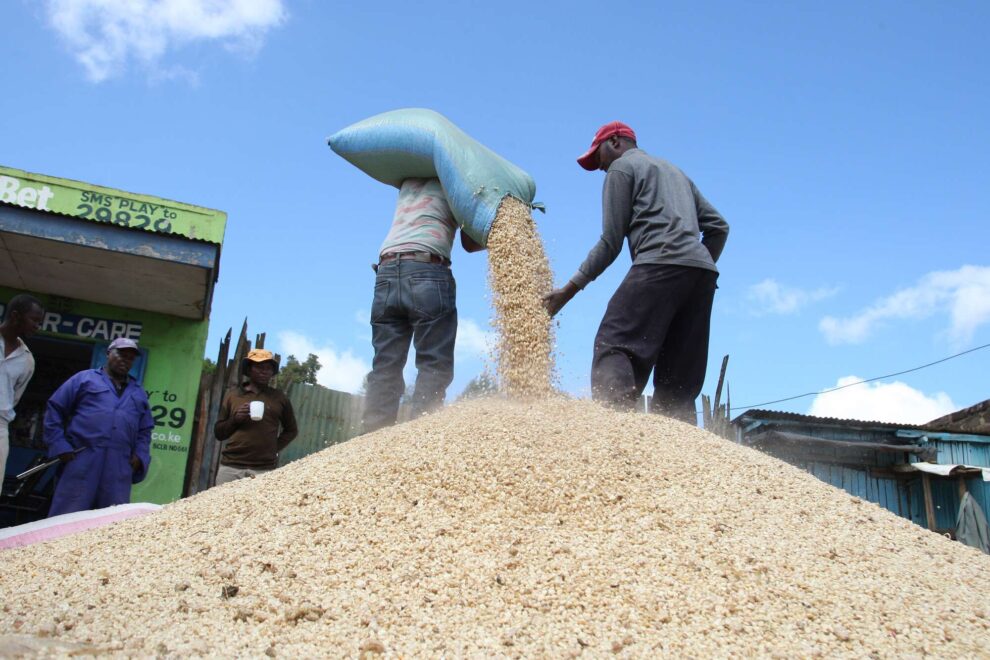Non-tariff barriers have pushed down Kenya’s maize imports from Tanzania to 63 percent of the total imports of the grain in 2022/2023 marketing year, from 97 percent in 2021/2022.
A new report by the US Department of Agriculture (USDA) shows that Kenyan traders imported maize from Tanzania, Zambia, Uganda and South Africa, but imports from Tanzania dropped as a result of the imposition of export restrictions by Dodoma.
Tanzanian restrictions on maize exports were in the form of requirements that exporters to Kenya apply for export certificates.
“Kenya traders have begun to source more corn from non-traditional sources such as Zambia and South Africa,” reads the report.
“Historically, Kenya has sourced most of its imported corn from Tanzania. However, traders have had difficulty exporting corn from Tanzania following the implementation of new export procedures. In the past, the Government of Tanzania has imposed export bans or restricted access to export permits when domestic supplies are low.”
Imports from Zambia and South Africa increased to 13 percent and 10 percent from one percent and 0.38 percent respectively.
Maize imports from Uganda constituted five percent of the total maize imports from 0.36 percent.
In absolute figures, Kenya’s maize imports from Tanzania declined by 41.78 percent to 412,755 tonnes in the marketing year 20222/2023, from 708,978 tonnes in MY 2021/2022 — a 97 percent decline. On the other hand, imports from Zambia increased eightfold to 88,050 tonnes from 10,728 tonnes while imports from South Africa increased by 2,218.94 percent to 64,513 tonnes from 2,782 tonnes. Imports from Uganda increased by 1,215.7 percent to 34,590 tonnes, from 2,629 tonnes.
Kenya maintains a steep ad-valorem import duty of 50 percent for maize from outside the EAC, in line with the EAC Common External Tariff, while maize imported from EAC countries has duty-free access.
Kenya’s Treasury Cabinet Secretary Njuguna Ndung’u, in a gazette notice, opened a window for Kenyan traders to bring in 900,000 tonnes of white maize duty free from countries outside the East African Community to help address shortages resulting from a drop in local production.
The imports were expected to supplement 5.4 million 90kg bags as carryover stocks from June 2023 and 19.7 million bags then estimated long rains harvests.
Four months after Kenya launched the duty-free maize importation window on February 1, 2023, only 259,470 tonnes of maize, accounting for 28.83 percent of the targeted imports, were brought into the country, with the bulk coming from theEAC, according to data from the Ministry of Agriculture.
Several factors, including rising price of grain in the world market, issuing of import permits to companies with questionable financial muscle to import and a decision by the High Court to suspend importation of genetically modified products weighed heavily on the state’s plan to lower the cost of living.
Source: The East African











